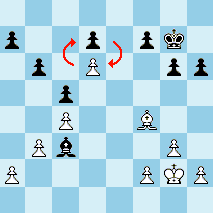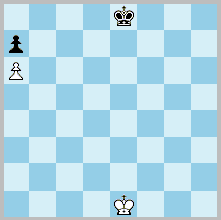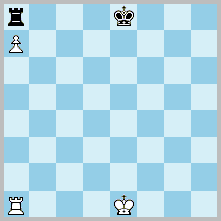

In Reformed Chess (variant A) a pawn situated on the sixth rank can change place with an enemy pawn standing before it. So, if a pawn, well into enemy territory, has already passed beyond the fifth rank and can move forwards to a square occupied by an enemy pawn, then the two pawns can change place. Otherwise regular rules apply.
Although the pawn, in a sense, is stronger, it is also more vulnerable, while it has lost some of its blocking capability. It’s now more rewarding to expand your territory, and it can be dangerous to play too passively with your pawns. Reformed Chess is intended to solve the problem of drawishness in chess. Endgames are more likely to end in a win.
There are also two alternative variants:
Variant B: It is enough if a pawn has reached the enemy side (the fifth rank) for it to change place with an enemy pawn standing before it.
Variant C: A pawn that has reached the seventh rank can change place with an enemy piece standing before it, except the enemy king.
 Variant A & B: White wins by swapping with the pawn at a7
Variant A & B: White wins by swapping with the pawn at a7
 …and the pawn promotes in the next move.
…and the pawn promotes in the next move.
 Variant C: in this normally drawn endgame white wins by swapping with the rook at a8, and promoting to queen.
Variant C: in this normally drawn endgame white wins by swapping with the rook at a8, and promoting to queen.
☛ You can download my free Reformed Chess program here (updated 2009-06-03), but you must own the software Zillions of Games to be able to run it (I recommend the download version).
☛ You can play Reformed Chess (variant C) by e-mail, or online, here.
Don’t miss my other chess variants.
© Mats Winther 2007